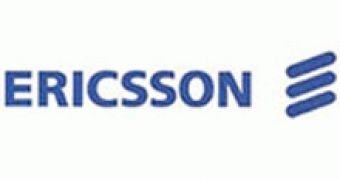The UN Global Compact Leaders Summit in Geneva was the place where Ericsson announced that it would work with Stanford University in order to implement mobile technologies and their advantages in distance e-learning. More exactly, Ericsson and Stanford University's International Outreach Program will collaborate and create a program that brings distance learning to African countries. Students will have the chance to be trained by researchers in environmental sciences from different places in the world and to participate at debates via Internet and mobile devices.
"Ericsson is a leading enabler of broadband everywhere, which has a leveling effect on many social and economic rights, such as education, healthcare and professional development," says Carl-Henric Svanberg, President and Chief Executive Officer of Ericsson. "We are pleased to collaborate on this cutting edge pilot program that studies how mobile technology can be used to bridge the digital divide. Building out the wireless infrastructure and leveraging Internet- and multimedia-enabled handsets for e-learning in Africa will help set the stage for future economic empowerment of the region."
Fully equipped smartphones, with Internet capability, video cameras and audio recorders will be provided by Ericsson during the announced program. Furthermore, Ericsson cooperates with mobile operators from South Africa, Tanzania and Uganda, intending to complete a fast and easy implementation of an environmental e-learning program. The program includes students and faculties from University of the Western Cape in South Africa, Makerere University in Uganda and Mweka College of African Wildlife Management in Tanzania.
Dunia Moja - this is the name of the international mobile learning project, meaning "one world". It is based on 3G or GPRS mobile connections and mobile devices with Internet features from Sonny Ericcson. Students and teachers from remote locations will be able to access and submit video content, audio or text materials, post blogs, create multimedia content, participate in online discussion forums and interact as they learn.

 14 DAY TRIAL //
14 DAY TRIAL //